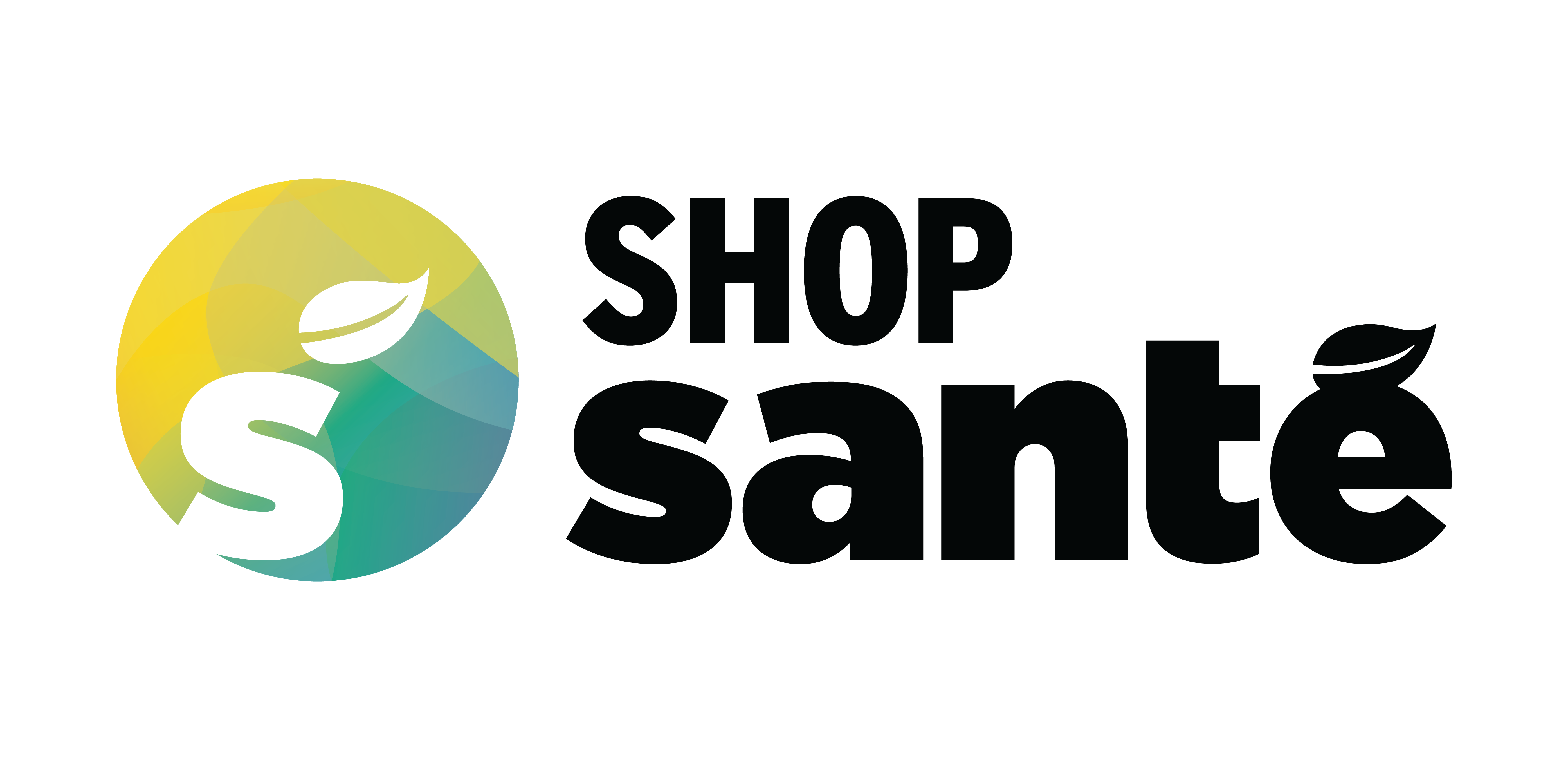This article is intended as a summary of current facts and knowledge about the ketogenic diet and not the opinion of the author.
Definition
By definition, the ketogenic diet is a diet high in fat, moderate in protein, and very low in carbohydrates. It is unique because it is the only diet that can be verified using a biological marker, namely the presence of ketones in the blood, urine or breath.
There is still a lot of confusion about what a ketogenic diet actually is. Many people see it as simply being a high-fat, low-carb diet, which is totally untrue. It is an optimal combination of the three macronutrients in very specific percentages that defines whether one reaches the metabolic state of ketosis. This state causes the body to use fat and ketones as the primary energy source rather than carbohydrates. Specifically, the ketogenic diet is an elevation of ketone bodies present in the blood (BHB), beyond 0.5 millimoles per litre.
Historical
The first trace of the existence of the ketogenic diet dates back more than 2500 years. The Greek philosopher and physicist Hippocrates recommended a high-fat, low-grain diet to help obese people lose weight. Around the mid-1800s, William Banting would be the first person to popularize the ketogenic diet. He will thus solve his problem of obesity. It was around the 1900s that the ketogenic diet, as well as fasting, was specifically studied in patients suffering from epilepsy.
In the 1920s, the difficulty of sustaining a fast will cause this method to be set aside to make more room for the ketogenic diet. The so-called classic ketogenic diet was then proposed, which consisted on the one hand of protein, on the other hand of carbohydrates for four parts of fat. This diet has also been clinically recognized as very effective in controlling epileptic seizures (1).
Application of the diet
The first ketogenic diet consisted of 90% fat, 6-9% protein and 0-4% carbohydrate. The major difference with the current version is the protein intake which has now doubled. It has been shown that it is possible to reach a state of ketosis with the following ratios:
- Carbohydrates: 0 to 10% (ideally plants containing fiber)
- Proteins: 15 to 35% (ideally fatty meats and fish)
- Fat: 65 to 85%
Generally, the daily macronutrients of a typical ketogenic diet look like this:
- Carbohydrates: No more than 50 grams
- Proteins: 1 to 1.5 grams per kilogram of lean body mass.
- Fat: The remaining available calories or until full (ideally count macronutrients in ketosis)
If it is possible for you to consume more protein while remaining in ketosis and it makes it easier for you to adapt and maintain the diet, it is recommended that you do so.
How the body enters a state of ketosis
- In the first 12 hours, the body will burn the carbohydrate stores previously consumed and present in the blood.
- The body will then seek the glycogen reserves present in the liver in order to maintain blood glucose via glycogenolysis.
- When the glucose reserves are dry in the liver, the gluconeogenesis phenomenon will increase in order to support the brain's carbohydrate supply. Gluconeogenesis is the synthesis of glucose from other compounds, primarily amino acids found in muscle or protein consumed.
- Gluconeogenesis now gives way to ketogenesis, usually after 3 days. Glucose is then gradually reserved for the brain. Insulin then reduces and glucagon increases. It is the increase in this ratio that leads to the oxidation of fats required for the production of ketones by the liver and also for the release of free fatty acids to the liver. The fatty acids brought to the liver are then converted into acetylacetic acid and beta-hydroxybutyric (BHB). The liver and muscles can then use the fat as an energy source.
- The longer you sustain the state of ketosis, the less carbohydrate cravings will be present. Your body will get used to the use of ketone bodies, so sugar cravings will be less and less present. (2)
The ketogenic diet and the preservation of muscle mass
Insulin is generally recognized as a peptide hormone having an anti-catabolic role, therefore preserving muscle mass. Logically, one would think that a large decrease in insulin in the case of a ketogenic diet would increase muscle catabolism, but it is not so simple since ketone bodies are present to spare the protein. Nitrogen production slows sharply during adaptation to ketosis, indicating a reduction in protein breakdown as fat and ketones become the primary energy sources. (3) However, the evidence is overwhelming that there are losses in muscle mass when transitioning into the state of ketosis. (4) The use of ketones by the brain as a source of energy greatly reduces the phenomenon of gluconeogenesis of amino acids present in the muscles and the oxidation of branched chain amino acids. (5) It is important to note that muscles can use ketones only under aerobic conditions. Anaerobic conditions require glucose.
In other words, the conservation of muscle mass in a state of ketosis is possible, although it will decrease during adaptation. Building muscle mass is another matter and will have little chance of success.
What to eat on a ketogenic diet?
Now that the understanding of ketogenesis is clearer, let's see how to put it into practice.
Carbohydrates (0-10%):
A well-executed ketogenic diet will favor carbohydrate sources from fibrous plants. Normally, a person can consume around 25g per day, sometimes up to 50. At the glycemic level, there is a slight advantage to consuming raw rather than cooked vegetables. Here are some recommended carbohydrate sources:
- All leafy vegetables and lettuce
- Cruciferous vegetables (broccoli, cauliflower, tweezer sprouts)
- Celery, cucumber, zucchini, mushrooms
Protein (15-35%)
Ideally, sources of protein will come from fatty cuts of meat, whole eggs and a variety of alternatives such as nuts. Specialty high-fat protein shakes are also available at Shop Santé.
- Fat cut of red meat (beef, horse, pork (bacon))
- Poultry with skin
- Oily fish (sardines, salmon, mackerel)
- Eggs and egg yolks
- Nuts, cheeses
Fat (60-90%)
Fats will make up most of your macronutrients. Oils are the easiest way to add fat while staying away from carbs. Fats also have a great satiety effect when eaten with protein. Since the caloric intake of fat is much greater than that of carbohydrates and protein, you will see your portions reduced in size. However, it is a mental adaptation since you will find the same amount of calories there. MCT oils are a must on a ketogenic diet. These will bring great satiety and a very positive effect in maintaining the state of ketosis.
The quality of fat consumed is very important. You should focus on saturated and monounsaturated fats. Polyunsaturated fats should ideally come from Omega-3 supplementation in order to maintain a good ratio of Omega-3 to Omega-6 which are often over-consumed and which lead to chronic inflammation problems. Stay away from trans fats which won't do you any good.
Here is a short list of recommended fats:
- Oils: coconut oil, MCT oil, extra virgin olive oil, avocado oil, macadamia oil, butter and cocoa butter
- Whole foods: avocados, eggs, cut fatty meat, poultry with skin on, olives, nuts
What supplements to get on a ketogenic diet?
Several nutritional deficiencies are possible when following a ketogenic diet and here are some supplements to obtain in order to be in perfect health.
- Multivitamins: A quality multivitamin is a great buy for anyone, but even more so for people following a ketogenic diet. The latter is your insurance against any nutritional deficiency and is essential for your general health. You will not find a good multivitamin in pharmacies or at supermarkets. It is important to go to a specialized store such as Shop Santé.
- Omega-3: In order to maintain a good ratio of Omega-3 vs. Omega-6, quality Omega-3 supplementation is highly recommended. The latter will prevent chronic inflammatory processes that can seriously damage your health. In addition, Omega-3 is a major ally in the fat loss process since it accelerates lipolysis.
- Essential Amino Acids (EAA): Taking EAA during resistance training in a state of ketosis will decrease muscle catabolism as protein intake is significantly reduced.
- Creatine: Creatine is effective in reducing the loss of muscle mass when going into ketosis as well as maintaining it afterwards.
In addition, a multitude of products are available at Shop Santé to make your diet more enjoyable. Whether it's shakes rich in good fats, different oils, carbohydrate-free sauces, ready-to-cook mixes or fat-based snacks, you'll find everything to diversify your diet.
Sweeteners and the ketogenic diet
Despite all the bad publicity surrounding artificial sweeteners, it has been shown in several recent meta-analyses that they are not harmful to health, nor to the state of ketosis. In one of these analyses, it was shown that people consuming sweeteners of all kinds (sucralose, xylitol, aspartame, stevia,…):
- Did not gain weight compared to another group with controlled calorie intake (6)
- Did not increase appetite (6)
- Did not increase heart health and cancer risks (6)
- Did not prevent reaching ketosis state in control groups (6)
- Did not affect insulin sensitivity or production (6)
American scientist and microbiome health expert Suzanne Devtoka is also clear: sweeteners do not affect digestive or microbiome health.
So, good news, don't worry about sweetened products, you can eat them!
-
Ketogenic diet for treatment of intractable epilepsy in adults: A meta .... https://www.ncbi.nlm.nih.gov/pubmed/29588983
-
Starvation in man. - NCBI, https://www.ncbi.nlm.nih.gov/pubmed/4915800
-
Fuel metabolism in starvation. – NCBI, https://www.ncbi. nlm.nih.gov/pubmed/16848698
-
Energy expenditure and body composition changes after ... - NCBI - NIH." 6 Jul. 2016, https://www.ncbi.nlm.nih.gov/pubmed/27385608.
-
Glucogenic substrate levels in fasting man - Science Direct https://www.sciencedirect.com/science/article/pii/0065257175900230
-
https://www.bmj.com/content/364/bmj.k4718













Comments (84)
JrlSKwqsOuBFpt
jNfvJKqAzDBE
lmxqYEvrIXf
UsNZzjxg
EkNWCFiuYmr
CMkVsnoqjaRiSL
xGNSyKDpXvwAjluY
ZTluiwRUPnNJLF
GgFyebOicpUnzWaZ
ZXKDaAITgFRHnzO